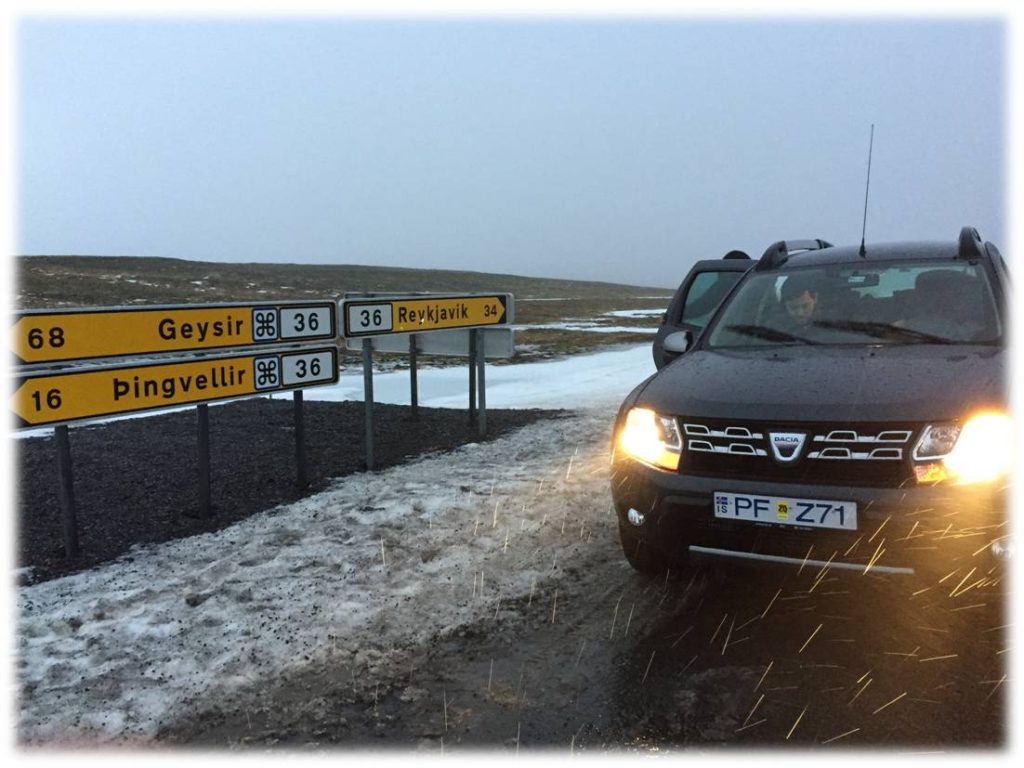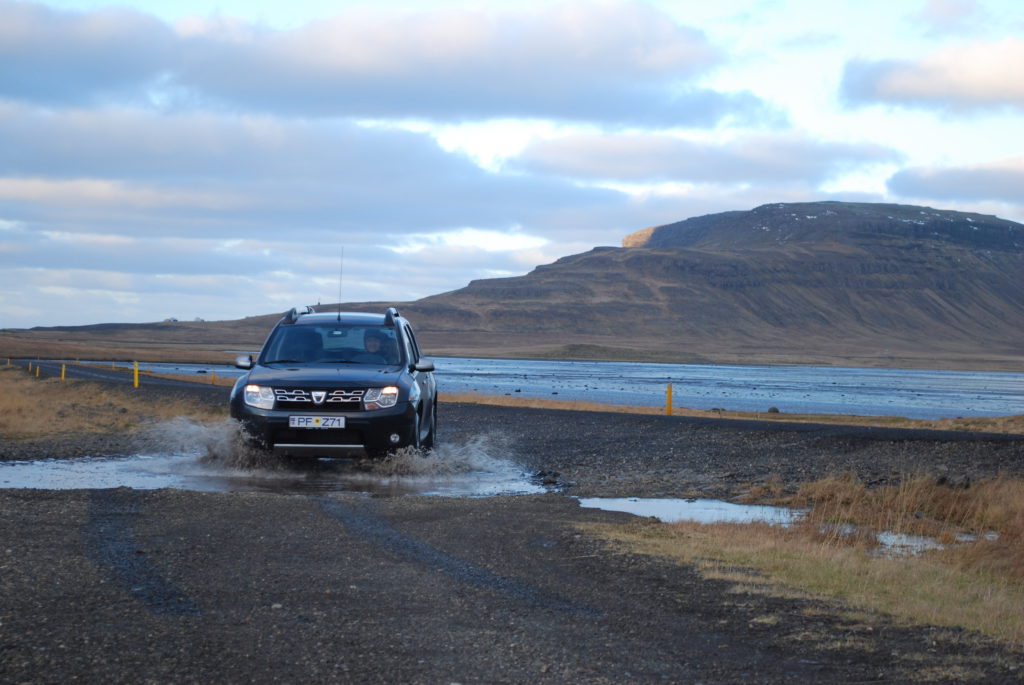Ever travel somewhere foreign and have no idea which rental car to choose? Here’s how I went with an unfamiliar car which ended up becoming a positive part of my vacation experience.
Iceland – November 2016
2WD or 4WD?
Knowing that we would be arriving during the cold rainy season, our cabin was along an isolated dirt road, and we would be traveling on F-designated roads with little to no maintenance.
Four-wheel drive became a clear must have for our journey.
Can we fit?
Four adults, plus luggage would all need to fit comfortably for the long drive to and from the airport. This criteria immediately eliminated the adorably boxy, tiny 2-door Suzuki Jimny and its 88” wheelbase. Moving up in size is the Dacia Duster followed by the larger CR-V and RAV-4. Given my familiarity with the Honda and Toyota, I knew they would would be the safe bet, however, I secretly wanted to try something a little more adventurous. Additional criteria needed to be considered.
Cost and Fuel Efficiency
This would be a 4 day rental period so the Duster’s lower daily rate equaled a considerable savings over the CR-V and the RAV-4. As in many countries, the price of fuel is significantly more expensive than in the U.S., so the car’s fuel economy should be an important factor if a lot of time will be spent on the road. The Duster’s 1.5L turbo-diesel 4-cylinder is rated at 5.5L/ 100km which translates to a not quite EPA-comparable 43 mpg. Regardless, this economy rating is better than larger 4WD cars. Going with the more expensive and less efficient vehicle would need a pretty solid justification.
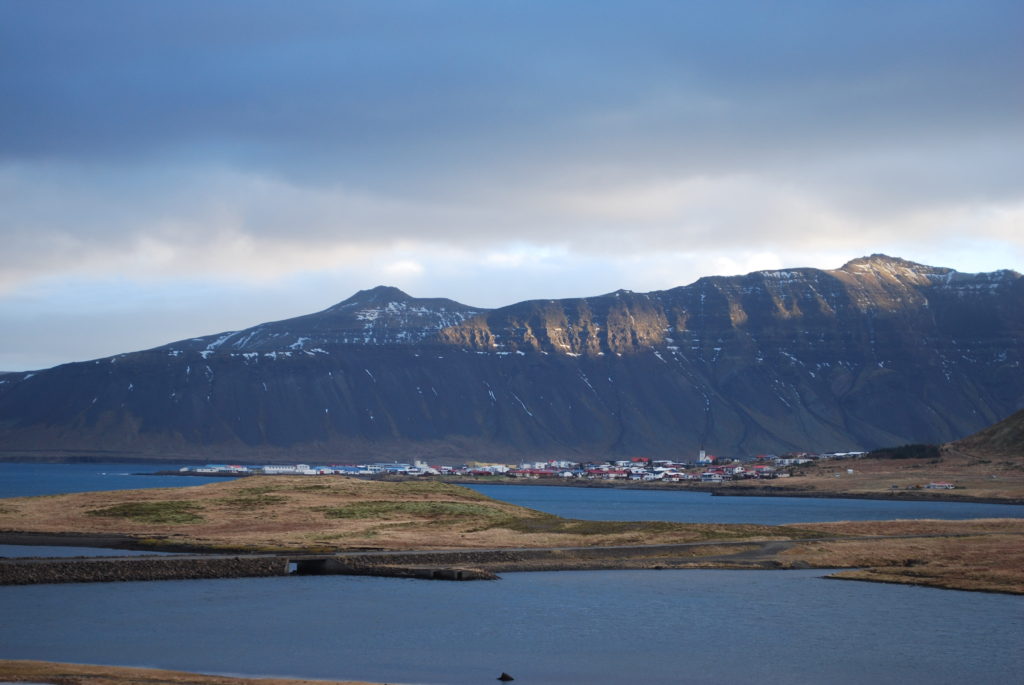
Will it be interesting, if not fun, to drive?
Getting to sample a car that isn’t sold here in the U.S. is a unique opportunity for car people. Throw in the added uniqueness of a 4-cyl diesel and 6-speed manual and my decision was made.
Dacia Duster, we’re going to get to know each other, for better and worse.
Fairly confident that it would hold everyone in reasonable comfort but unaware of feature content, I picked up the Duster on a cold and rainy morning. Appearance-wise, the Duster is a very bulgy looking vehicle with pushed out wheel fenders and raised surfaces on the tailgate. Its rugged yet light-duty appearance rings of a euro version of the Nissan X-Terra. Maybe not so coincidentally, Dacia is owned by Renault who has a 43.4% stake in Nissan.
The rear liftgate opens with the mechanical push-key-cylinder and is easy to raise. Our group’s luggage (three large and one small suitcase as well as a couple of carry-on bags) all fit reasonably well without hampering rearward visibility.
Climbing into the driver’s seat, I immediately began noticing how dated the interior felt; not so much tactically but instead how it was laid out. I considered it on par with the ergonomics of 10-15 years ago. Knowing the low cost of the car, I was expecting some pretty rough NVH from the engine but the 1.5L turbo 4-cyl was impressively quiet and smooth from inside. Now it was time to try and defog the front windshield, a common task in Iceland, I’m sure. It did take a bit of time to clear but its overall performance was good.
Pulling away, the clutch and throttle were perfectly in sync, and made quick and confident starts a non-issue. Grabbing second gear, it became clear that the engine is quick to wind down thus allowed for fast gear changes. When accelerating, the turbo really comes onboard around 2500 RPM and begins its significant but easily managed wave of torque. The gears are spaced appropriately for a country where the max speed is limited to 90 kph (55 mph) and as such, acceleration is even and naturally paced.
The ride was borderline floaty although it managed to always stay off of its bump-stops. Braking feedback was fairly vague but consistent and predictable.
The steering feel was non-existent although it certainly didn’t help that the Duster was equipped with studded winter tires. The steering wheel itself was another example of where there was a notable lack of ergonomic consideration. The audio controls are hidden behind the wheel, on a tacked-on stalk leaving the front facing buttons to operate the cruise control. But the most startling discovery was the horn button. It’s located at the end of the headlight stalk where one might expect pretty much anything but a horn. The wipers do an admirable job with water management and preventing water pull back. The headlights projected well and the front and rear fog lights were welcomed safety features.
Road noise was pretty bad, although again, it was partially due to the studded tires. Overall wind-noise performance seemed appropriate although it was honestly difficult to judge considering all of the road noise. Engine noise was only detectable when accelerating and was never objectionable.
During the longer trips, the seat’s support was found to be lacking and if one tries to adjust the seat height, be prepared to operate it like an office chair, meaning you have to lift yourself off of it to raise it.
The Sat/ Nav was easy to operate but was simply located too low to be used easily by the driver. The cascade continues as the HVAC position setting knob is blocked by the driver’s leg and a row of drive setting buttons and knobs require a lean to reach. The steering wheel itself is overly large. Truth be told, there are very few cars in the U.S. market that feature ergonomics that are this challenging.
Input from the rear passengers was positive with the single exception of the position of the power window switch. Several of us accidentally rolled down the window with our elbow while sitting in the back. A simple press of the lock-out button on the master window switch controls resolved this concern.
Heading to the coast put us on some of the less maintained roads where 4-wheel drive was recommended. The Duster’s suspension proved entirely capable of soaking up the sharp impacts of the road rock. The bigger test was heading onto the Snaefellsjokull glacier via one of the Iceland’s F-roads. The Duster features 3 settings for its 4-wheel drive system, 2WD, Auto, and AWD Lock. This icy road was tackled in the Lock setting and despite scraping bottom several times, we never lost momentum. Heading down some of the slopes, the lack of low-range prevented the engine from being able to slow the car. All considering, the Duster proved its capability was higher than we were willing to test.
Snæfellsjökull Glacier
Eventually heading back to the airport, we came to reminisce about the time spent and the adventures had with the Dacia Duster. It’s unexpected features like user-friendly Sat/Nav, cohesive powertrain/drivetrain, and the rugged syling, all contributed to making the Duster a respectable low-cost option for a vehicle on vacation.
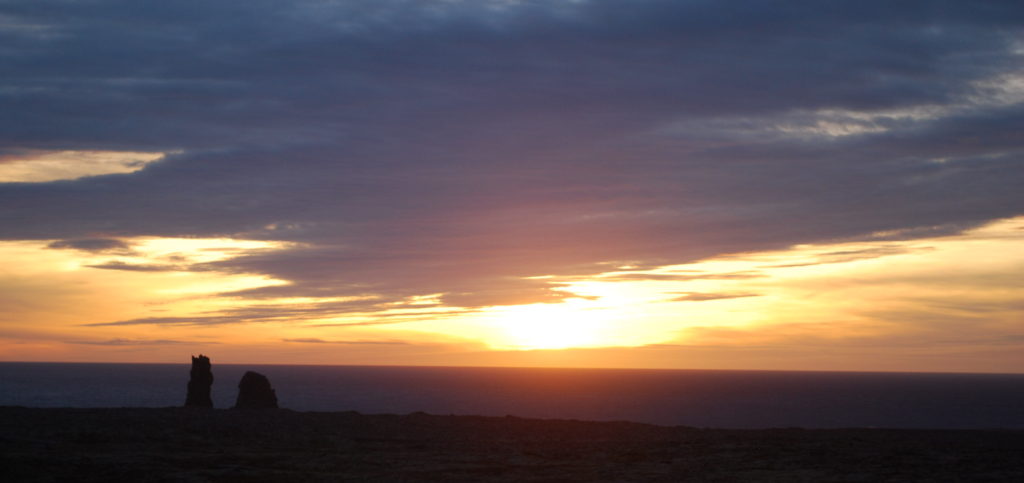
Additional Photos:
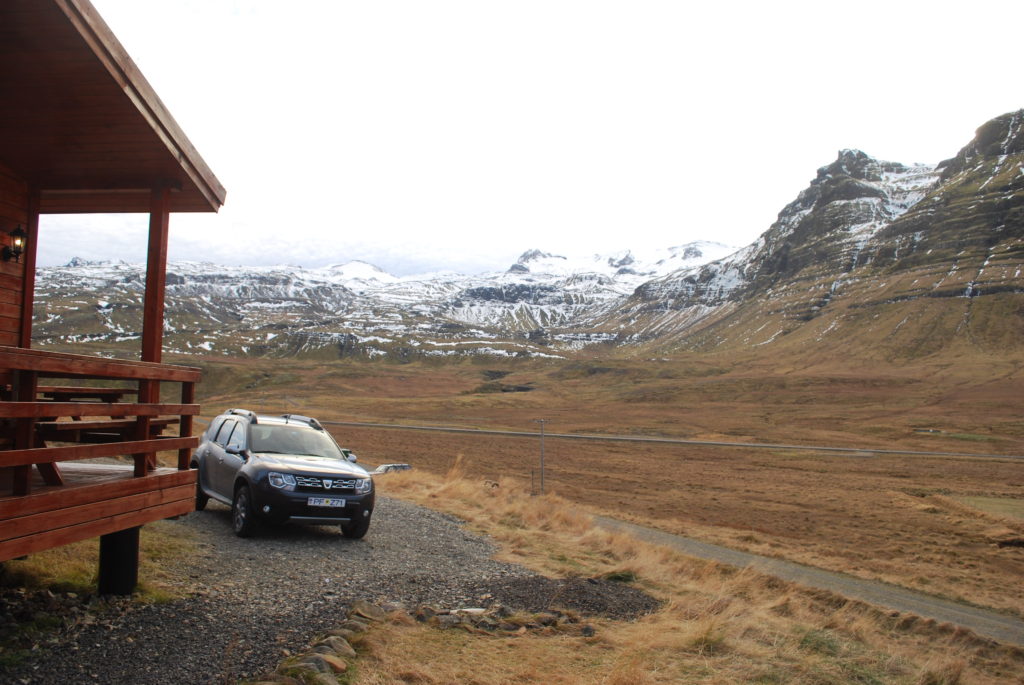
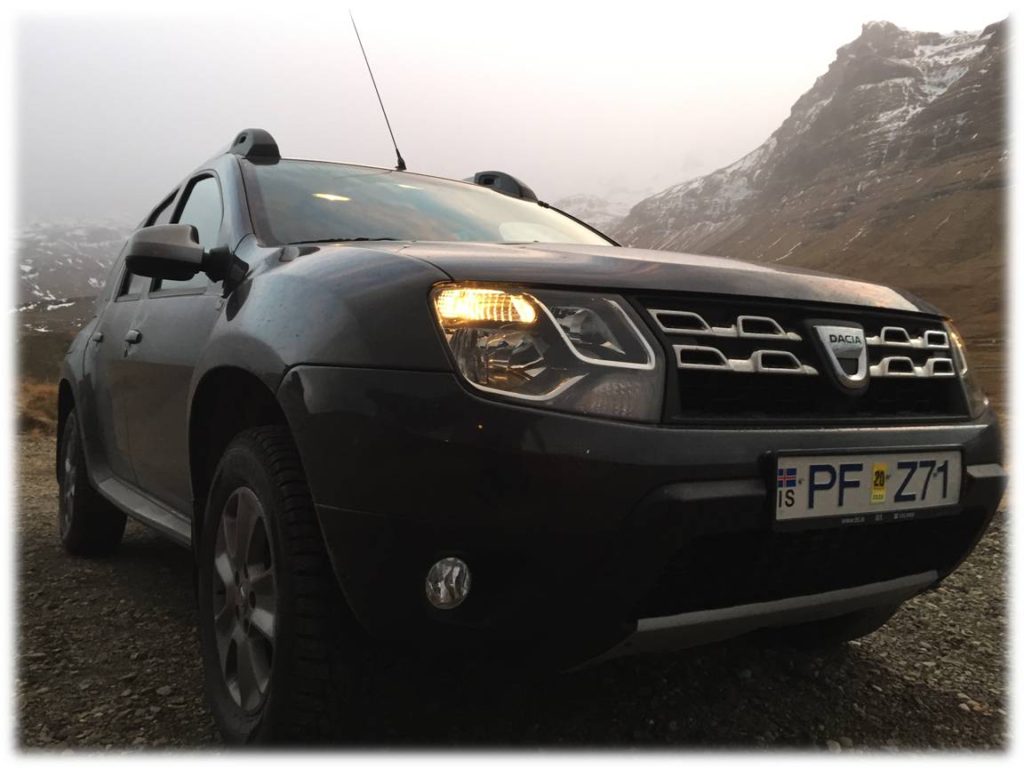
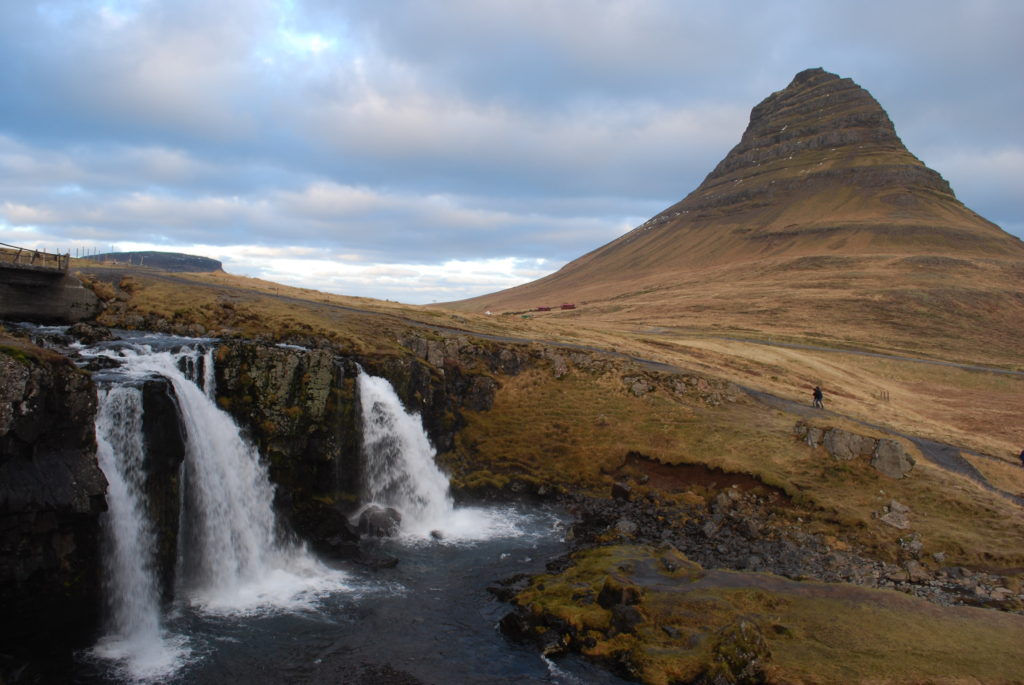
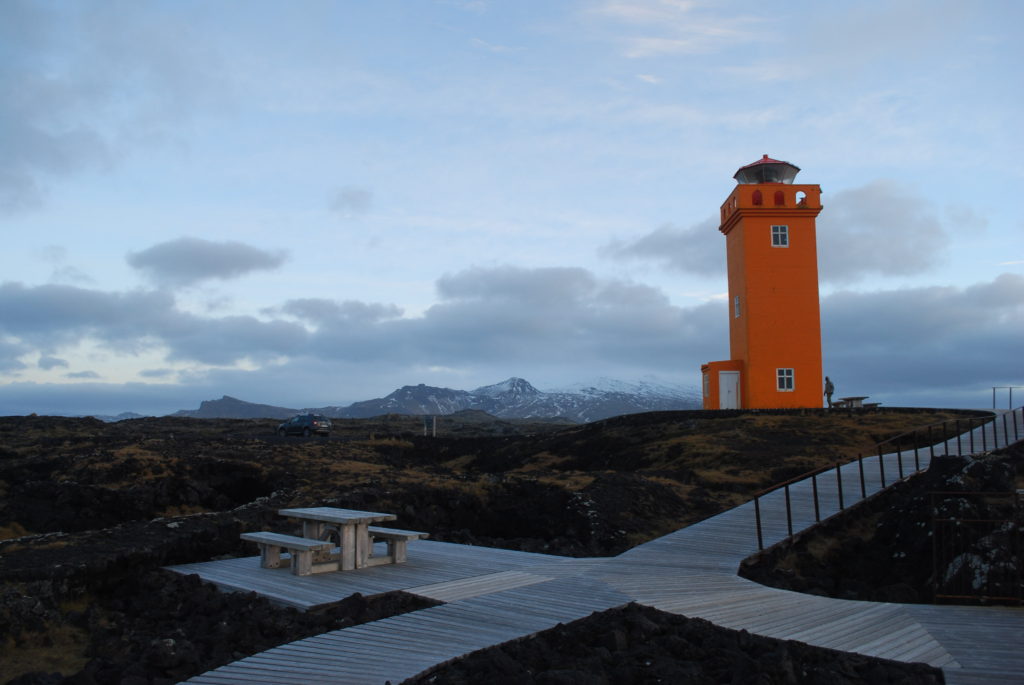
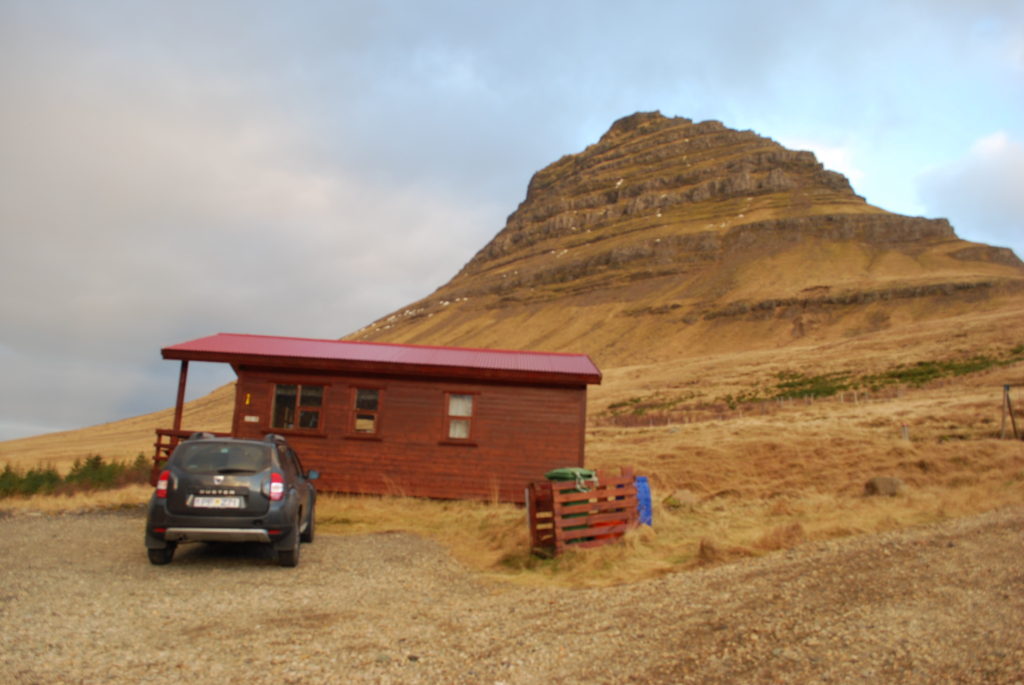
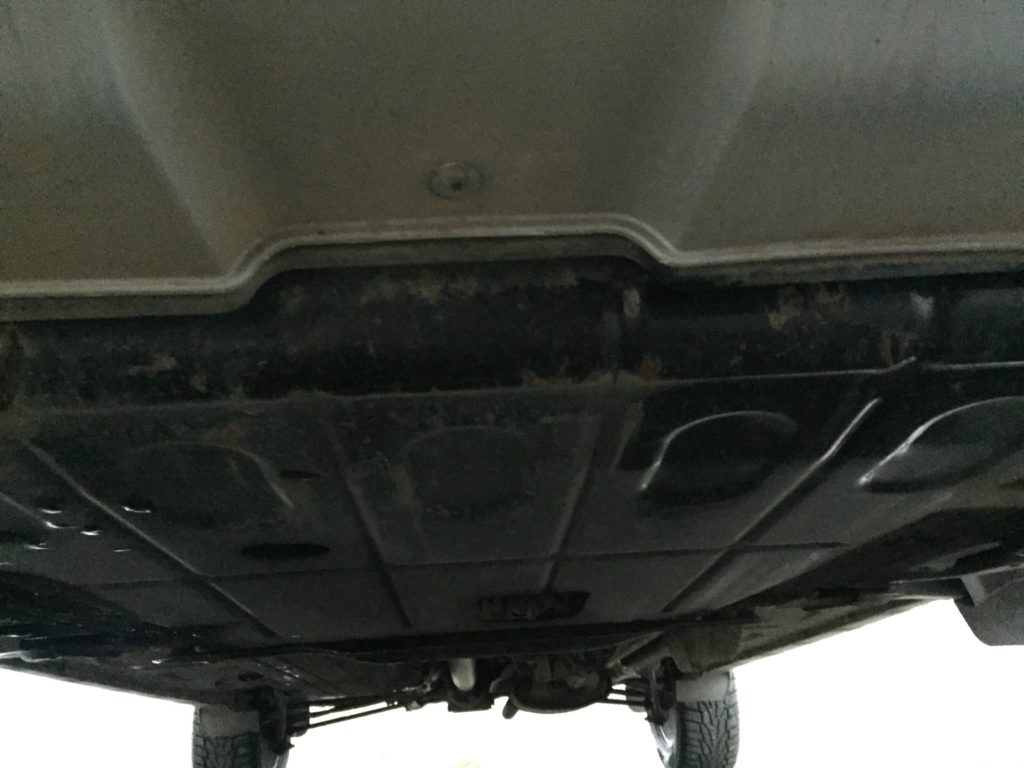
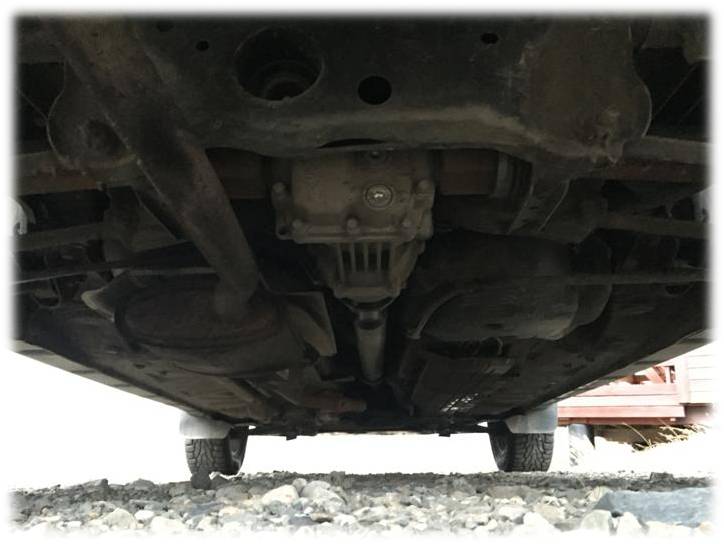
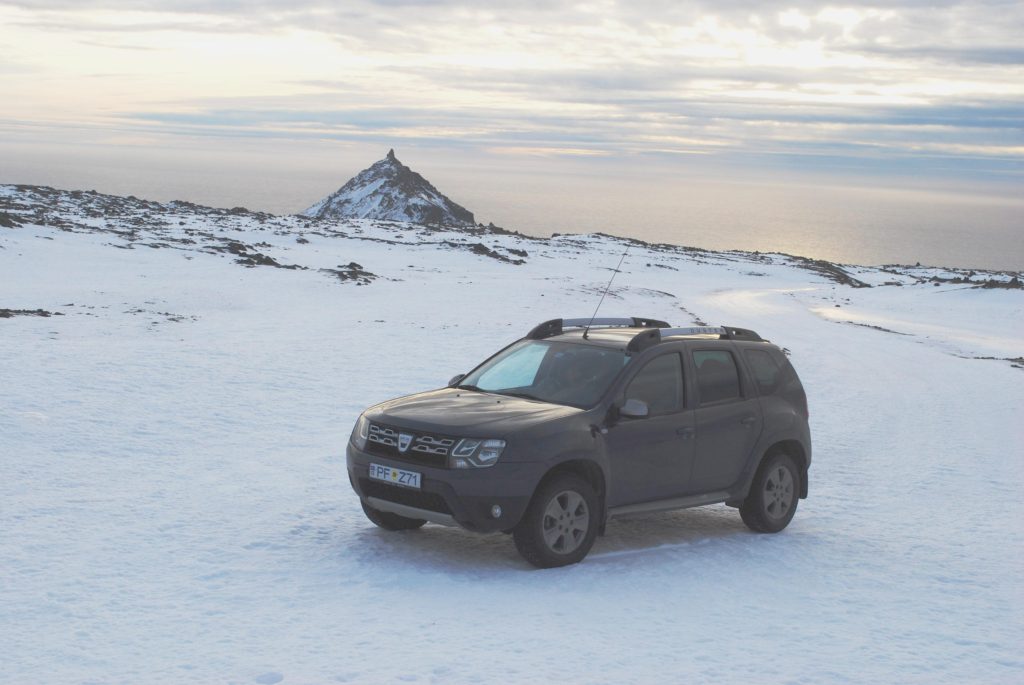
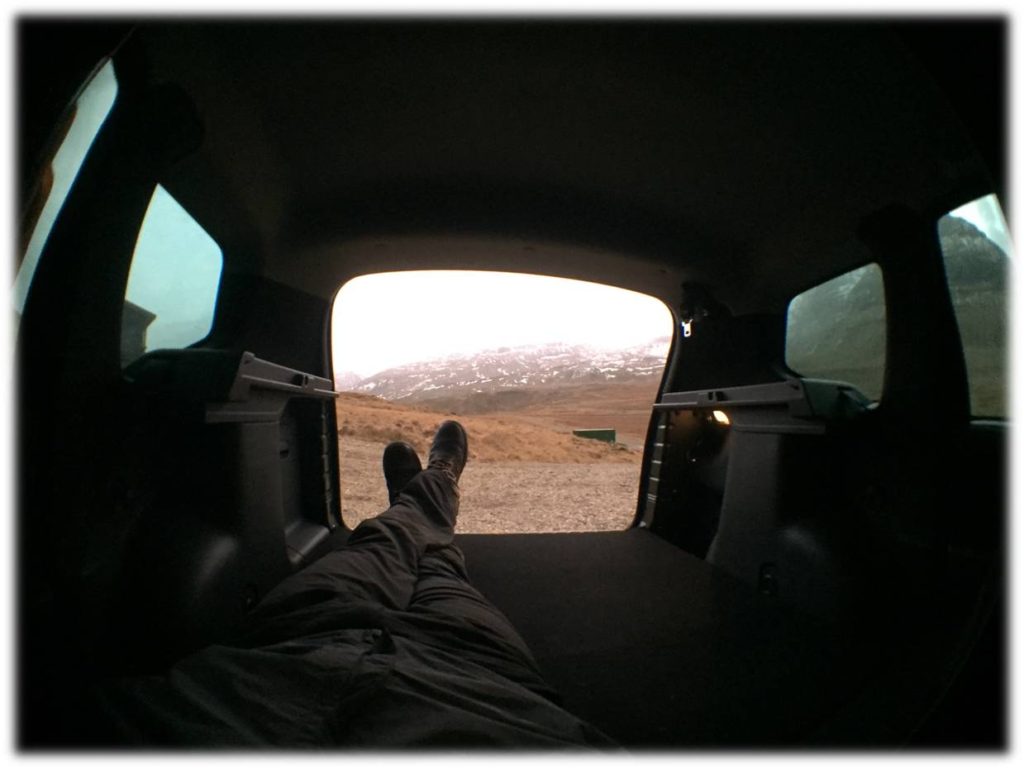
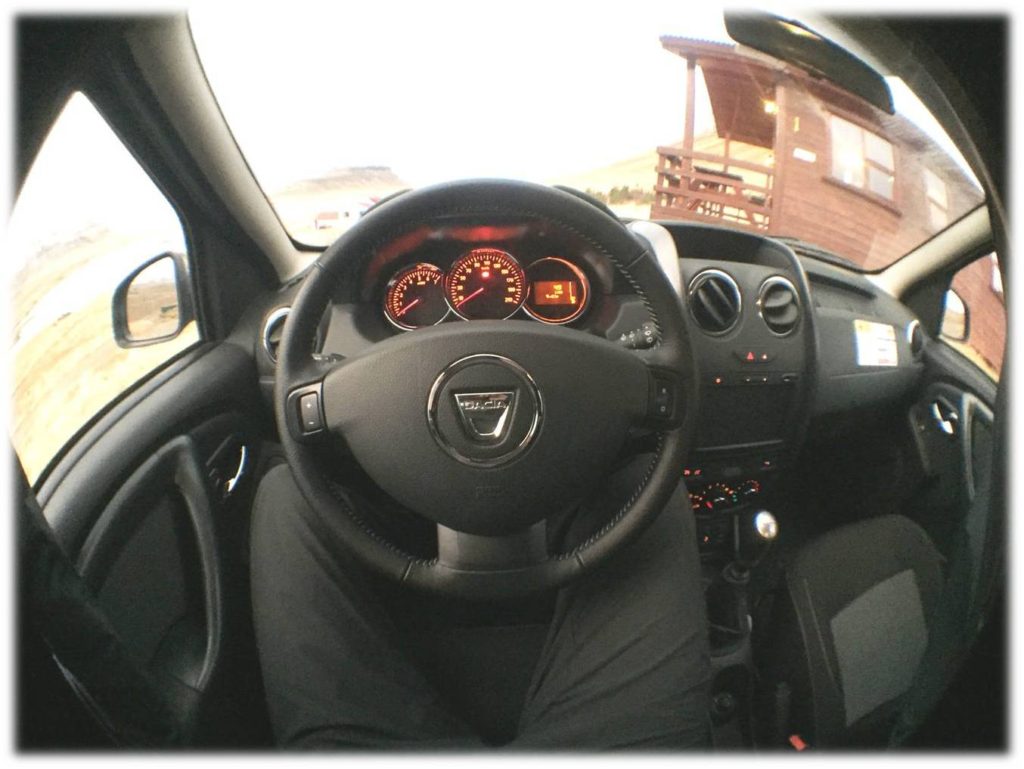
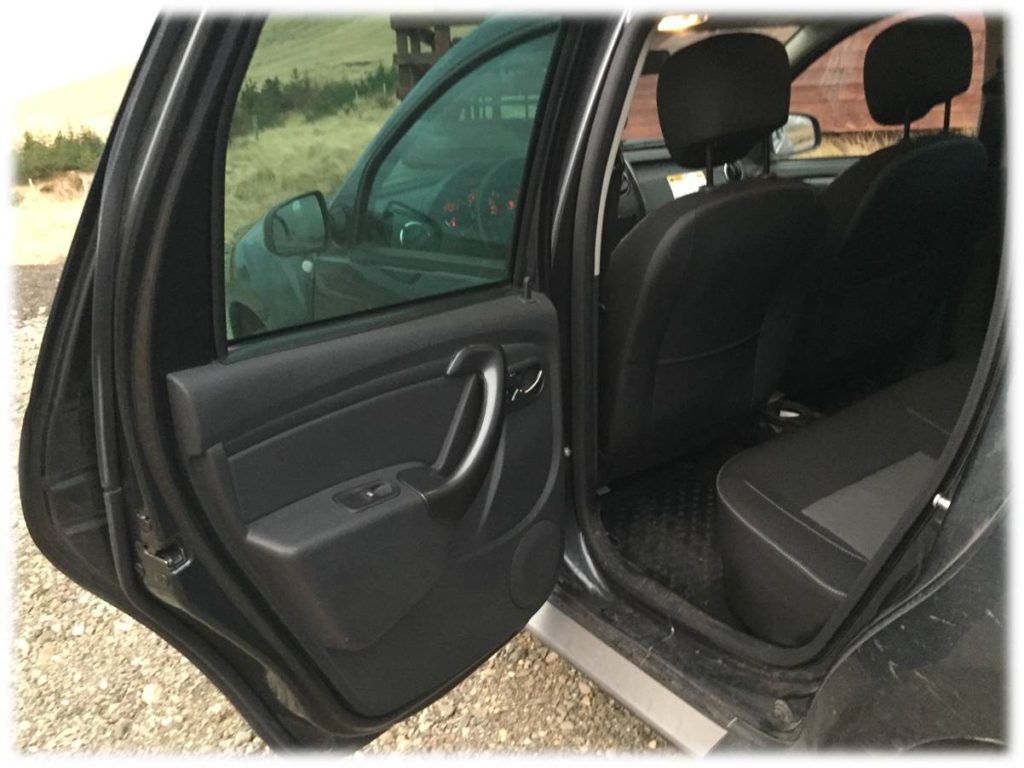
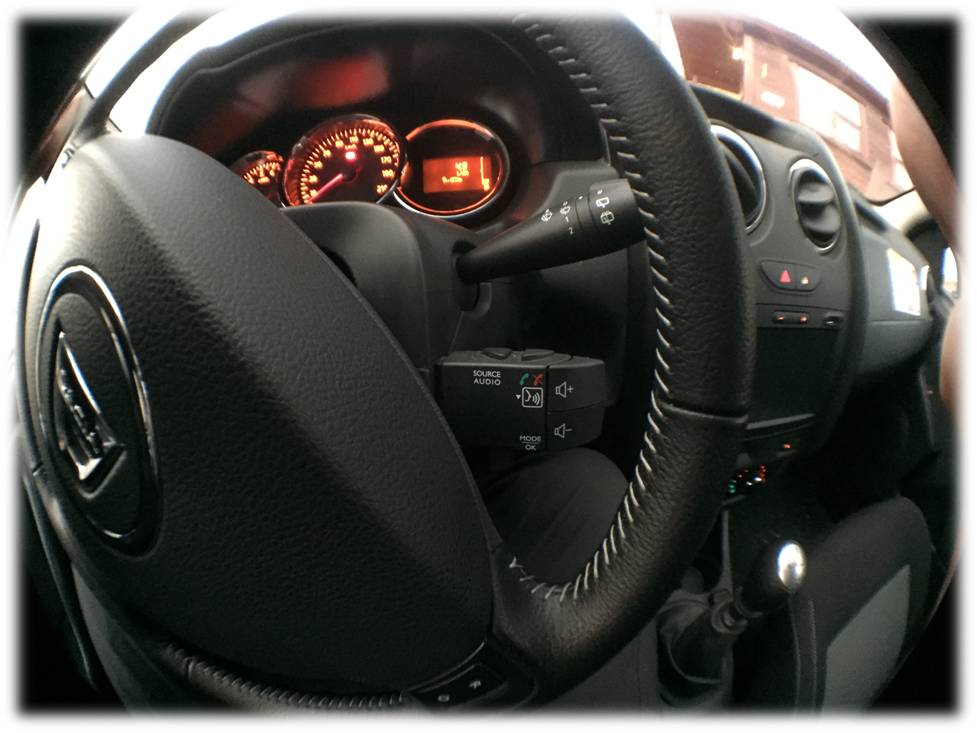
Despite the ergonomic woes, the Duster earned our respect. Will we eventually see you it in the U.S.?


